Indian shoes hold a significant place in India's rich cultural heritage and reflect the country's diverse and traditional craftsmanship. From the intricate embroidery of mojaris and juttis to the elegant designs of kolhapuris and padukas, Indian shoes showcase the artistry and skill of Indian artisans. The history of Indian footwear dates back centuries, with each region of India contributing its unique styles and techniques to the craft. These shoes not only serve a practical purpose but also make a bold fashion statement, representing individuality and cultural heritage. They are an integral part of Indian culture and are worn on various occasions, from weddings and festivals to everyday life, playing a vital role in preserving and celebrating India's cultural identity.
What are the different types of Indian shoes?
Different varieties of the Indian shoe brand cater to different tastes, events, and regions. The mojari is a type of traditional Indian shoes which is frequently associated with North Indian culture. It is a closed-toe shoe with a pointy tip that is embellished with exquisite embroidery and ornamentation. Kolhapuris, which originated in Maharashtra, are known for their distinctive T-strap pattern and are normally made of leather. Juttis are quite popular in the northwest region and are recognized for their vivid, embroidered patterns and supple leather or fabric construction. Punjabi juttis, in particular, are adorned with multicolored threads, beads, and sequins, making them a festive and celebratory alternative. Indian shoes also include the beautiful and heel-less Paduka, which is widely worn at religious ceremonies or cultural events and provides comfort as well as a distinct flair. It is a common type of Indian shoes for women.
How to style and match Indian shoes
Indian shoes are incredibly versatile and serve as excellent complements to a wide range of traditional and modern clothing, making them suitable for various occasions. Mojari and juttis, renowned for their exquisite embroidery and vibrant colors, are popular men's Indian shoes, pairing beautifully with traditional Indian attire such as sarees, lehengas, and anarkalis. Kolhapuris, known for its understated yet elegant design, complements both casual and semi-formal ensembles, including salwar kameez and fusion wear. Padukas, with their distinctive style, add a touch of tradition to ethnic attire worn for religious ceremonies or cultural events. The formality of the occasion often dictates the selection of Indian shoes, with more intricate patterns reserved for weddings, festivals, and special celebrations. At the same time, simpler styles are ideal for everyday wear.
How to maintain Indian shoes
To protect leather shoes from moisture, it's important to wipe them regularly with a soft, damp cloth to remove dust and maintain the material's gloss. Additionally, it's advisable to avoid exposing embroidered and adorned shoes to harsh chemicals or direct sunlight, as these can potentially damage the fine craftsmanship. For Indian shoes, preventing mold and mildew involves storing them in a cool, dry place and using shoe bags to shield them from dust and scratches. When it comes to textile shoes, it's practical to perform moderate spot cleaning with a mild detergent and opt for air-drying to maintain their shape and integrity. Regular inspections for loose threads, missing embellishments, or signs of wear and tear allow for prompt repairs, ultimately contributing to the longevity of the footwear.



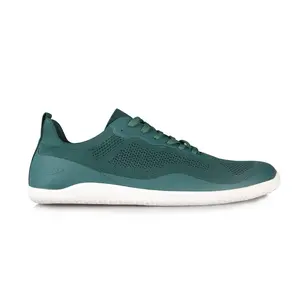
















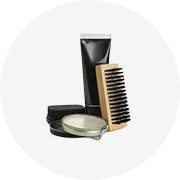
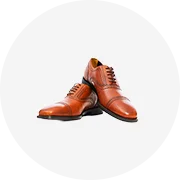
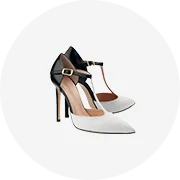
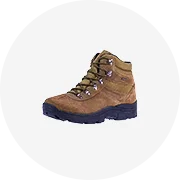
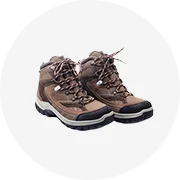
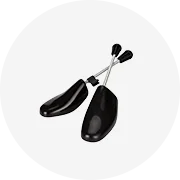
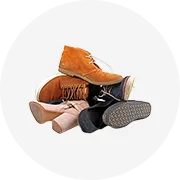
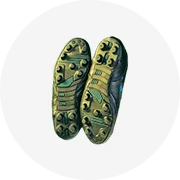








 浙公网安备 33010002000092号
浙公网安备 33010002000092号 浙B2-20120091-4
浙B2-20120091-4